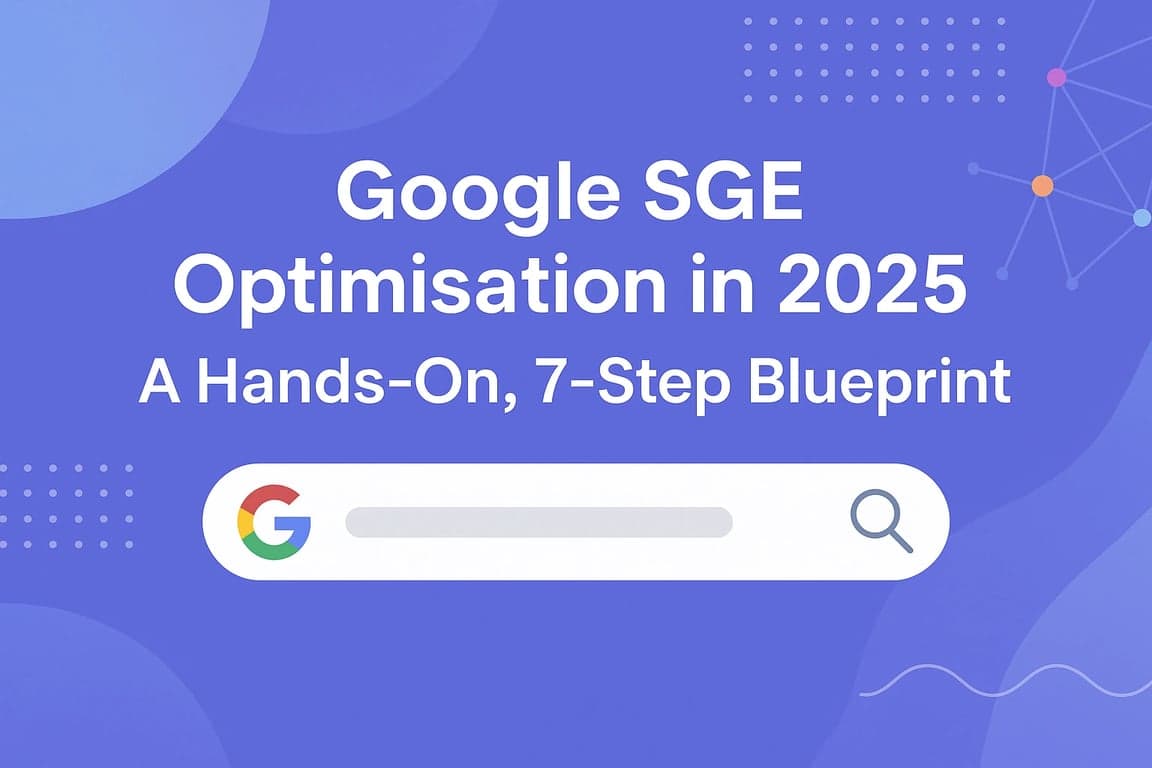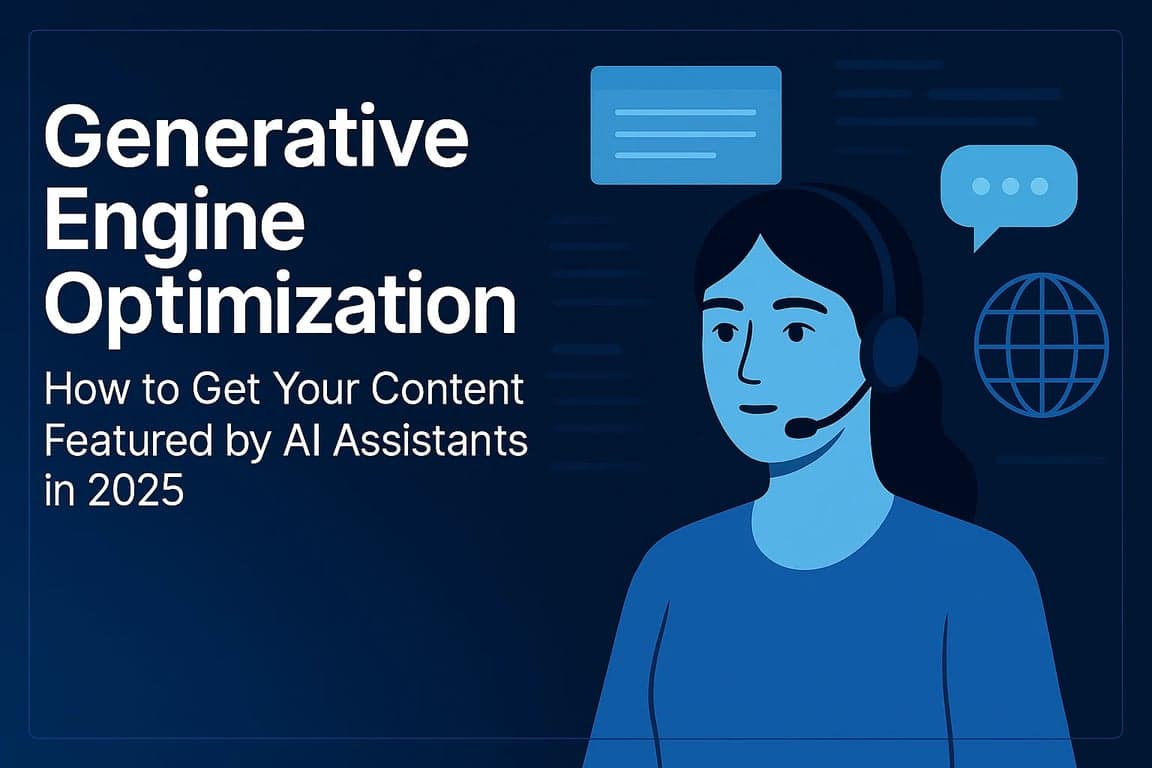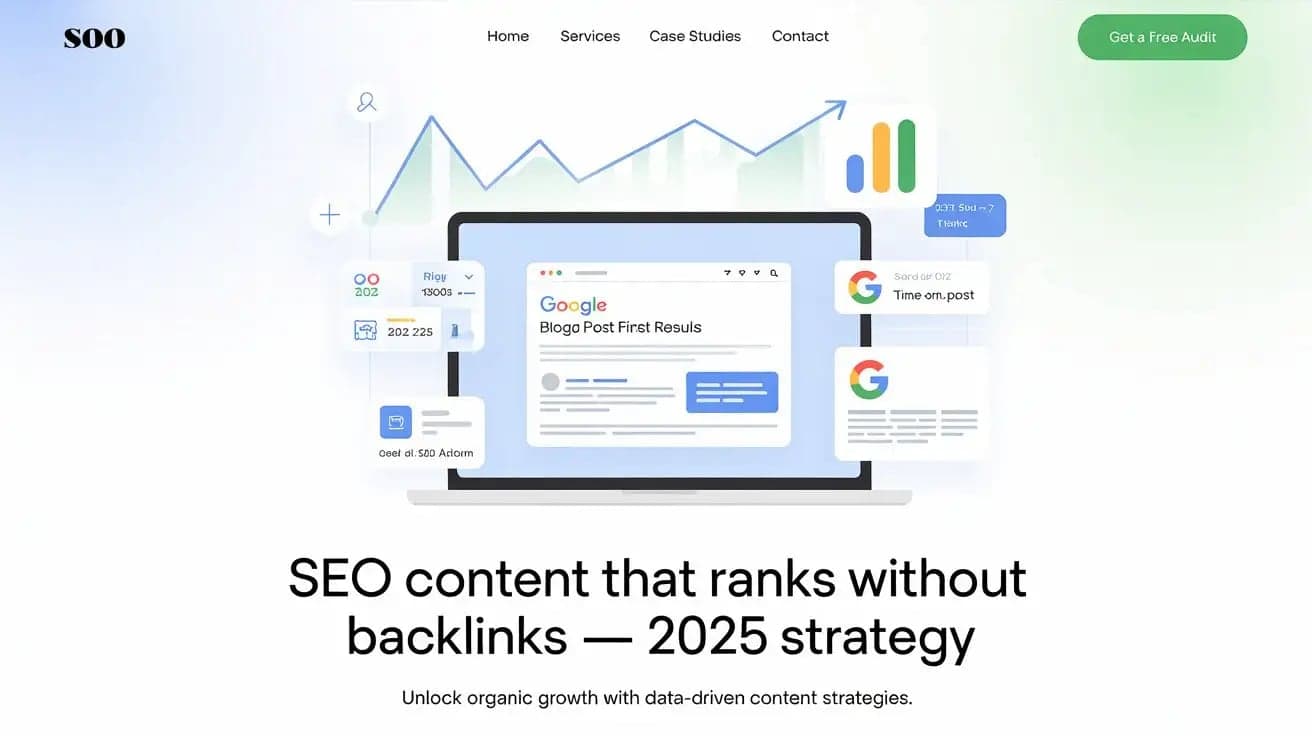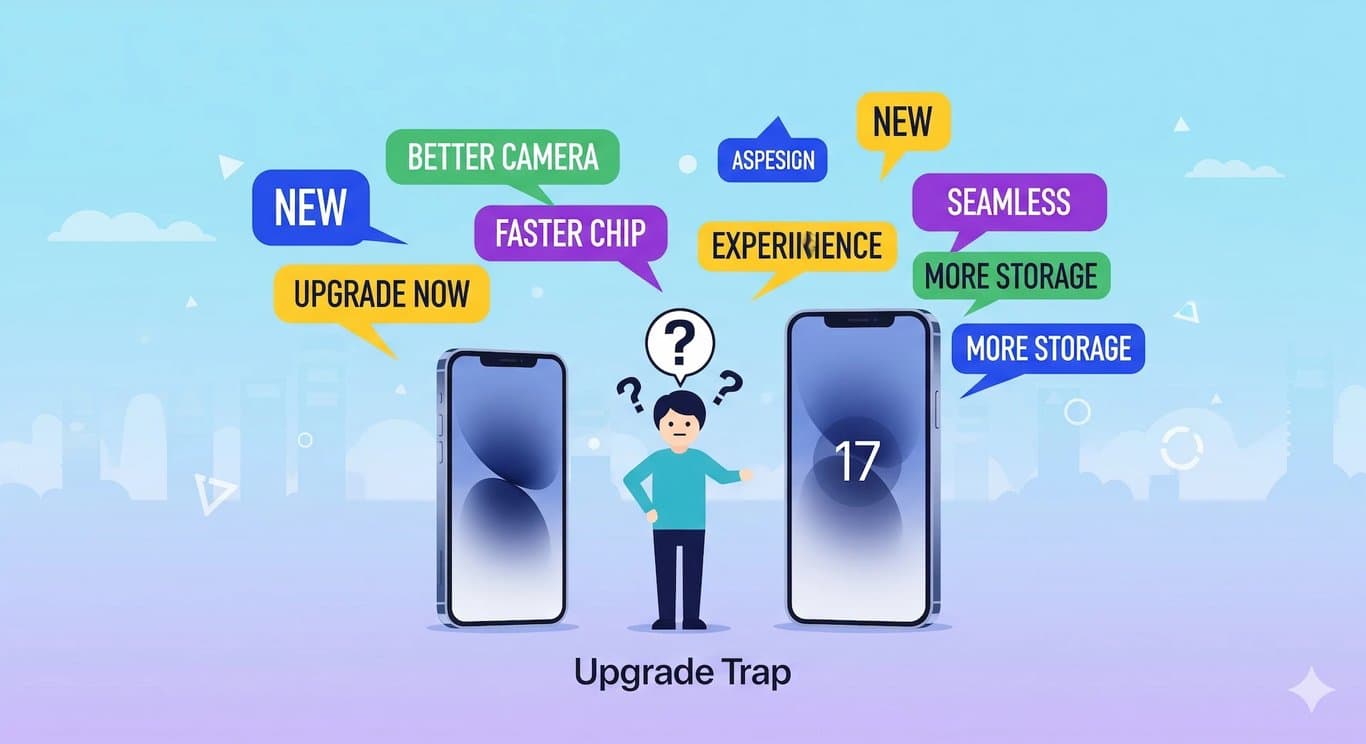Introduction
In 2025, SEO is not what it used to be. With AI reshaping search results, personalisation driving SERPs, and millions of new queries appearing every day, the game has fundamentally changed. Ranking is no longer just about fixing technical SEO or chasing high-volume keywords — it’s about providing real value and aligning with user intent.
This is exactly what I experienced firsthand while working on Secureye’s SEO growth strategy.
 During my role at Fortune Marketing Pvt. Ltd., I had the opportunity to work on the digital presence of Secureye, one of India’s leading security and surveillance brands. Secureye was already a household name offline, but their online visibility wasn’t reflecting their market authority.
During my role at Fortune Marketing Pvt. Ltd., I had the opportunity to work on the digital presence of Secureye, one of India’s leading security and surveillance brands. Secureye was already a household name offline, but their online visibility wasn’t reflecting their market authority.
In this case study, I’ll walk you through:
The challenges we faced.
The SEO strategy I designed and executed.
The results we achieved with real data.
My personal learnings about the future of SEO in an AI-driven world.
About Secureye
Secureye is a well-established name in India’s security and surveillance industry, offering:
CCTV and IP cameras
Biometric attendance systems
Access control solutions
Alarm systems and smart surveillance technology
Their products are trusted by businesses, institutions, and households alike. Offline, they were already a leader. But in the digital world, especially on Google, their presence was not where it should be.
For a brand with that much authority, the gap between offline reputation and online visibility was clear — and that’s where I stepped in.
The Challenge
When I first started analysing Secureye’s SEO performance, I noticed three critical issues:
Traffic didn’t match the authority
Secureye’s organic traffic numbers were modest compared to its real-world brand dominance.Competitive industry landscape
The CCTV and security space is extremely competitive, with both Indian companies and global players fighting for visibility. Keywords like “CCTV camera” or “biometric system” were heavily saturated.Content lacked structure and intent focus
Secureye had blogs and product pages, but most were written without considering user search intent. They answered partially, but not comprehensively.Click-through rate problem
Some pages had impressions but weren’t converting into clicks — weak meta titles and descriptions meant users were skipping them in SERPs.
In short: Secureye’s SEO wasn’t broken. But it wasn’t optimised to its full potential.
My SEO Strategy
My approach was to combine strong fundamentals (technical SEO, keyword mapping) with modern tactics (intent-driven content, EEAT signals, and GEO readiness).
1. Technical SEO Foundation
I started with the basics:
Conducted a complete audit to find crawl errors and indexing issues.
Optimised Core Web Vitals to improve load speed and mobile experience.
Implemented schema markup for products and blogs.
This gave us a clean foundation so that the content strategy could perform without technical bottlenecks.
2. Keyword Research with a Trend-First Lens
This was the game-changer.
While researching keywords, I noticed something: one particular keyword in the CCTV/security niche was trending upward in India.
Its search volume was modest.
Most SEOs would have ignored it.
But I trusted my instinct. Instead of chasing only the big, high-volume terms, I focused on this keyword because trend + intent = future growth.
Here’s what I did:
Checked the existing pages and blogs ranking for it.
Analysed their weaknesses: lack of depth, poor formatting, weak intent alignment.
Wrote a comprehensive blog post that directly addressed the user’s intent, was structured with FAQs, and SEO-optimised for related terms.
At first, the blog didn’t move much. But slowly, it started picking up impressions, then clicks, and within months, it ranked on the first page with over 73K impressions in 6 months.
👉 Result: 1.22K clicks, 73K impressions, and an average position of 9.3.
This reinforced a principle I believe in deeply:
Chasing high-volume keywords isn’t always the win.
Spotting trends and aligning with intent brings compounding results.
3. Content Revamp & Expansion
I worked on two parallel tracks:
Product Pages: Rewrote descriptions with SEO keywords but kept them clear, customer-friendly, and conversion-focused.
Blogs: Created intent-focused, valuable blogs such as:
How to Choose the Right Biometric System for Your Office
The Future of CCTV Cameras in Smart Homes
Common Security Mistakes Businesses Make (and How to Avoid Them)
Each blog was structured to maximise both user readability and SEO visibility.
4. EEAT (Expertise, Experience, Authoritativeness, Trustworthiness)
To future-proof Secureye’s SEO, I optimised for EEAT, which is becoming a key part of Google’s evaluation:
Added author bios to articles, showcasing expertise.
Linked to trusted industry sources (reports, government sites, research papers).
Updated content regularly with “last updated” stamps.
These small changes improved trust signals, which matter for competitive industries like security.
5. CTR Optimisation
One of the hidden growth opportunities was improving CTR. Some pages were ranking decently but had poor click-through.
Rewrote titles and meta descriptions with user-first language.
Used emotional triggers like “best,” “guide,” or “step-by-step.”
Added FAQ schema to win rich snippets.
6. Monitoring, Iteration, and Patience
SEO is not instant. It’s about testing, iterating, and trusting the process.
Every week, I tracked:
Pages with high impressions but low CTR → re-optimised.
Pages gaining traction → expanded them with FAQs, visuals, and more detail.
I always remind clients: SEO is not about fixing something once and waiting for results. It’s about building, monitoring, and adapting consistently.
The Results
The numbers spoke for themselves.
Overall Performance (3 Months)
Clicks: 60.6K → 76.5K (+26%)
Impressions: 927K → 1.66M (+79%)
Average Position: 45.6 → 41.1

Blog Page Performance (6 Months)
That single blog page grew into a traffic engine:
73K impressions
1.22K clicks
Avg. Position: 9.3

From almost zero to top-10 rankings — by focusing on trend + intent, not just volume.
My Bigger Learning: SEO in the AI Era
One of the biggest takeaways from this project wasn’t just the numbers — it was how much it reshaped my thinking about SEO.
Here’s what I’ve learned:
AI is changing everything. Google results are now personalised, often different for each user based on past searches, browsing, and location.
Keyword obsession is outdated. Millions of unique searches happen daily that have never been searched before. Ranking on just one big keyword is no longer sustainable.
User intent is king. SEO in 2025 is about building content ecosystems that answer multiple related queries — not just optimizing for one keyword.
Value-first content wins. If your content solves real problems and is genuinely useful, Google (and AI assistants like Perplexity or Gemini) will surface it in different query variations.
That’s why I no longer chase single “trophy keywords.” Instead, I focus on clusters of queries, intent-driven answers, and GEO readiness.
I’ve written extensively about this shift in my blog on Generative Engine Optimization in 2025, where I explain how search engines are moving from keyword-based ranking to intent and value-driven results.
Key Takeaways
SEO is leverage. Secureye already had authority — SEO unlocked it.
Small keywords matter. Spotting trends early can bring big wins.
EEAT builds trust. Without it, growth is fragile.
CTR is hidden gold. Improving titles/metas can move the needle faster than new content.
Search is evolving. The future is about intent + ecosystems, not single keywords.
Personal Reflection
Working on Secureye was not just another project — it was a reminder of why I love SEO.
I still remember the moment I checked GSC and saw the impressions for that blog pass 50K. It wasn’t because I chased the biggest keyword — it was because I understood the trend and intent behind what people were searching.
That experience reinforced my belief: SEO in 2025 is about people, not just search engines. If you understand user needs and provide value, rankings and traffic follow naturally.
Conclusion
Secureye’s SEO growth story shows that:
Even established brands can miss digital opportunities.
Intent-driven, trend-first SEO strategies outperform keyword-chasing.
SEO experts in 2025 must focus on value, intent, and trust to succeed in the AI era.
This case study is proof that with the right approach, you can take a brand from underperforming to thriving — even in a highly competitive market.




